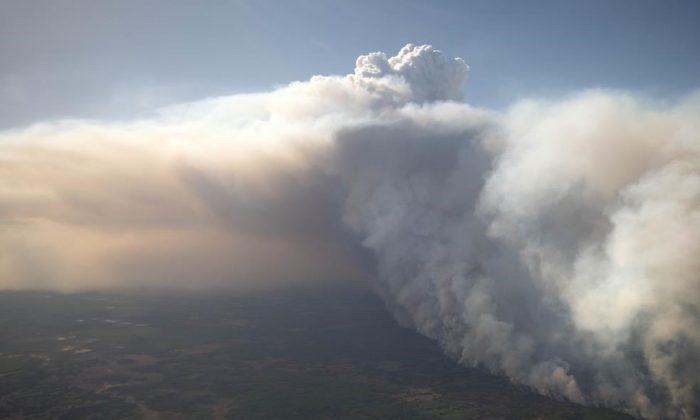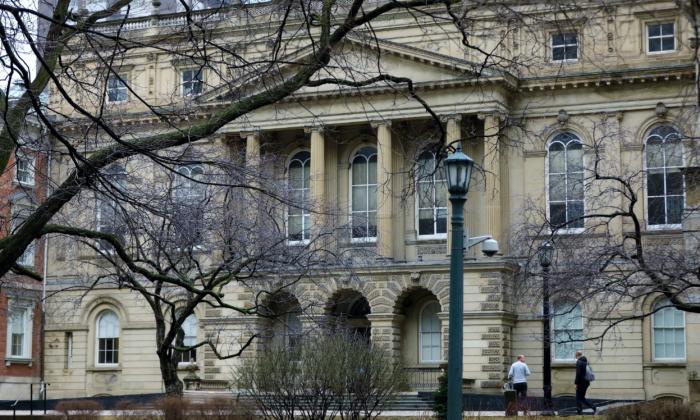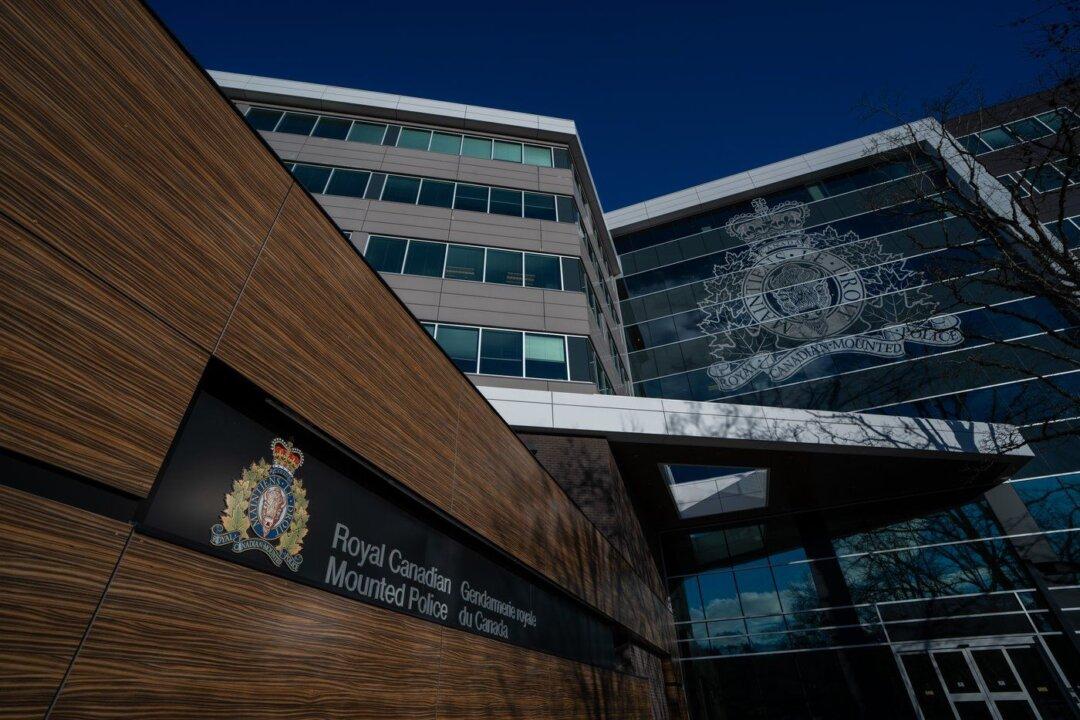More people are being forced from their homes as several wildfires rage out-of-control in northern Alberta and blanket areas to the south in an acrid haze.
The Alberta government issued an emergency alert on May 30 for Chipewyan Lake Village, about 450 kilometres north of Edmonton.
People were being asked to leave immediately because a rapidly moving wildfire was threatening to cut off access to the area.
Different fires forced evacuations from the hamlet of Wabasca, the Bigstone Cree Nation and Northern Lights County.
In the High Level area, about 5,000 people have been out of their homes for more than a week because of a raging fire that won’t stop growing. It stood at 1,500 square kilometres on May 29, but crews have managed to keep the flames out of the town.
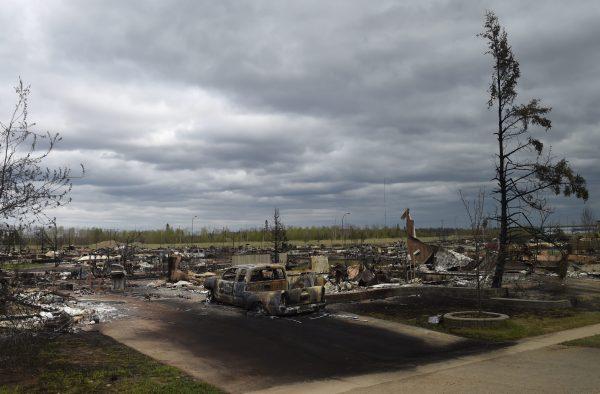
High Level Mayor Crystal McAteer, Reeve Josh Knelsen of Mackenzie County and Dene Tha’ First Nation Chief James Ahnassay issued a joint statement on Facebook.
“We know that many of you are very anxious to hear about what is happening with the wildfire and the situation in our communities. Many of you have been out of your homes and away from your work for a long time.” they wrote.
The leaders urged patience.
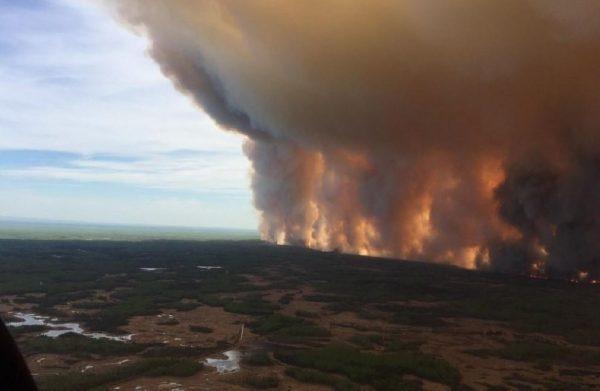
“On May 29, the wildfire threatening our communities grew significantly and exhibited extreme and volatile fire behaviour. We simply don’t know for sure what this fire will do next.”
“The danger to High Level remains, and the danger to communities in Mackenzie County and the Dene Tha’ First Nation has increased. Four more areas were evacuated ... More than 600 of our neighbours had to leave their homes.”
The goal is to get residents of High Level home by the weekend, the post said.
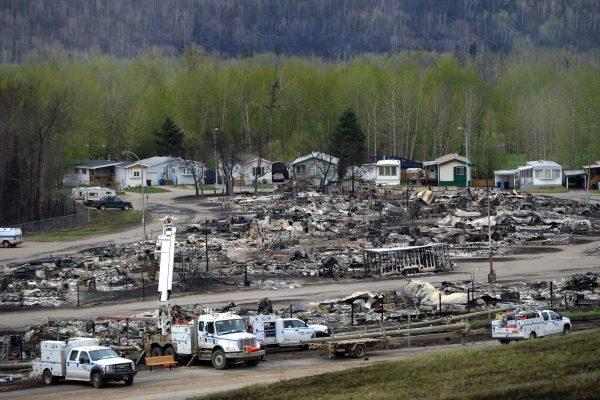
“But with this wildfire we can’t promise anything. For other communities, we know it will be later. Please be patient with us. The situation is constantly changing and there are no firm timelines.”
People in Edmonton awoke to a thick, smoky haze that turned otherwise blue skies an eerie grey−orange.
Environment Canada issued a special air quality statement for the Alberta capital, warning that people might experience coughing, throat irritation, headaches, or shortness of breath. Children, seniors, and those with heart and lung disease were said to be at special risk.
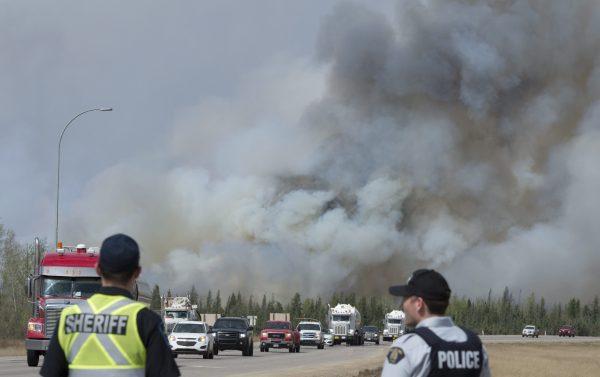
Hot, dry conditions, and gusty winds had Alberta fire-watchers warning that various blazes burning in the north could explode in size.
It triggered what’s known as a red-flag warning, which warns firefighters that there’s potential for fires to blow up in some areas.
“It’s a bit of an alert for our operations staff,” said Derek Gagnon, a provincial information officer.
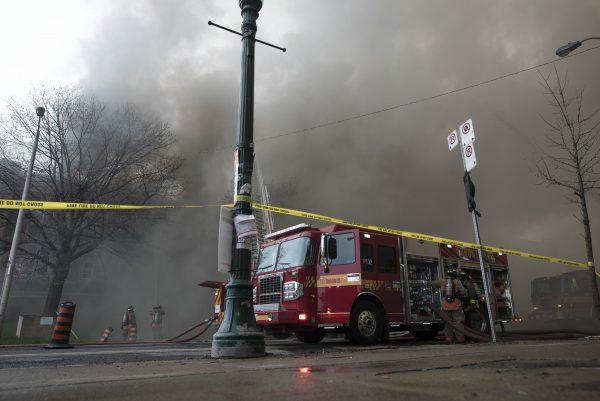
“It’s something to pass along to them that says, ‘Hey, this is something to look out for, because the fire danger conditions are going to be extreme. If you are going to be putting firefighters on the ground, keep in mind that these fires can grow very quickly and spread very quickly and it can put them into danger.’”
